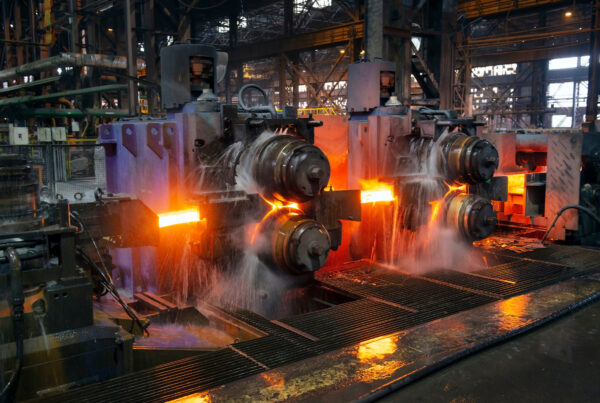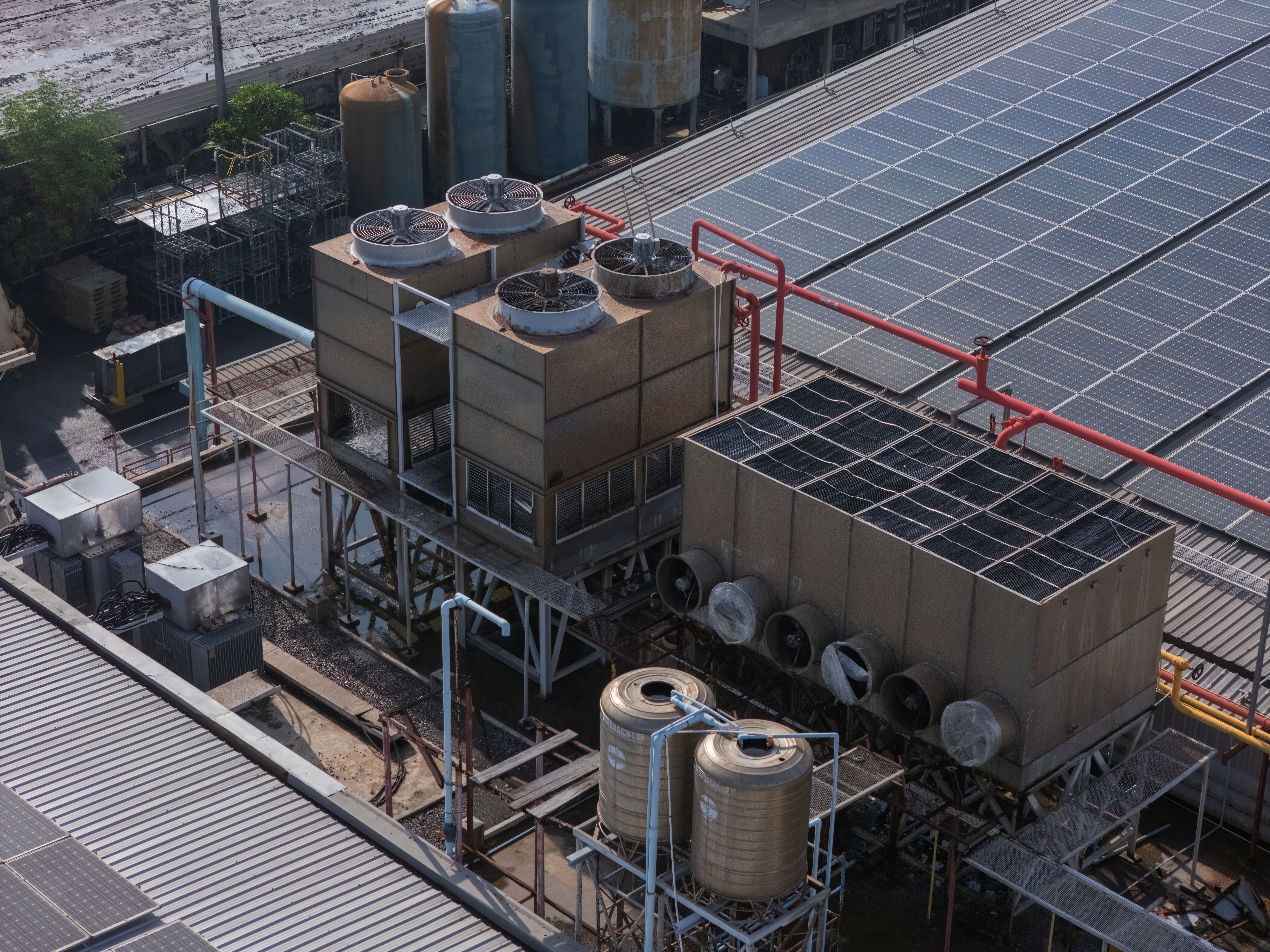In the expansive world of industrial machinery, a fundamental consideration is the reliable support provided by foundations.
This basic guide aims to demystify the essential aspects of heavy machinery that rest on solid foundations. We’ll explore the diverse types of machinery, understanding their operational principles, maintenance requirements, and the role foundations play in ensuring stability.
Machinery Overview
Types of Heavy Machinery
Heavy machinery encompasses a vast array of equipment tailored for specific tasks. From towering cranes used in construction to powerful generators, pumps, and turbines driving energy production, understanding the variety of machinery types is foundational.
Operational Principles
Each type of heavy machinery operates based on unique principles. Understanding these operational principles provides insights into how these formidable machines carry out their tasks with precision and efficiency.
Generators: Transforming Mechanical Energy into Electrical Power
Generators are indispensable in the energy sector, converting mechanical energy into electrical power through the principles of electromagnetic induction.
As an integral part of power plants, generators consist of a rotor, typically a rotating shaft, surrounded by a stator with conductive coils. When the rotor rotates within a magnetic field, it induces a flow of electrons, creating an electric current. This current is then harnessed as electrical power, offering a fundamental mechanism for electricity generation.
An in-depth exploration of generator operational principles involves examining the interplay between magnetic fields, conductive materials, and the conversion of kinetic energy into a usable electrical form.
Compressors: Elevating the Pressure of Gases

image source: thomasnet.com/
Compressors, on the other hand, serve a vital role in various industries by increasing the pressure of gases, facilitating processes such as refrigeration, air compression, and industrial manufacturing. The core operational principle involves the compression of a gas, achieved by reducing its volume.
In reciprocating compressors, a piston moves within a cylinder, compressing the gas during the upward stroke. In rotary compressors, a rotating mechanism achieves the compression.
Understanding the intricacies of compression ratios, temperature changes, and the effects on gas properties is crucial for optimising the efficiency and safety of compressor operations. Delving into the nuances of compressor operational principles allows operators to fine-tune settings, ensuring precise control over pressure levels and safeguarding against potential hazards.
Pumps: Channeling Fluids with Precision
In the realm of fluid dynamics, pumps play a pivotal role in transporting liquids with precision. Their operational principles revolve around creating a pressure difference to propel fluids from one location to another.
Centrifugal pumps use the kinetic energy generated by a rotating impeller to increase fluid velocity, converting it into pressure. Positive displacement pumps, such as piston and diaphragm pumps, operate by periodically trapping and displacing a specific volume of fluid.
The understanding of pump operational principles extends to considerations of flow rates, head pressure, and the characteristics of the transported fluid. This knowledge is paramount for selecting the right pump type for specific applications and optimising energy efficiency.
Turbines: Harnessing Power from Fluids and Gases
Turbines are workhorses in power generation, harnessing energy from fluids and gases to drive mechanical systems. Whether in steam, gas, or hydroelectric turbines, the fundamental principle involves the conversion of kinetic energy into mechanical energy through the rotation of blades or buckets.
Steam turbines, for instance, utilise high-pressure steam to drive a turbine rotor, converting thermal energy into mechanical work. Gas turbines operate on the principle of combustion gases driving a turbine, and hydroelectric turbines convert the kinetic energy of flowing water into rotational energy. A comprehensive understanding of turbine operational principles involves grasping the thermodynamics of energy conversion, the role of blades, and the optimization of rotational speeds.
Industry Applications
Heavy machinery finds application across numerous industries, such as construction, manufacturing, energy, and transportation. Recognizing the diverse roles these machines play is crucial for tailoring operational approaches to specific industrial needs.
Maintenance Essentials: Sustaining Optimal Performance
Routine Inspections
Regular and systematic inspections are the cornerstone of effective maintenance. Inspecting critical components for wear and tear, lubrication levels, and structural integrity ensures early detection of issues, minimising downtime.
Lubrication and Cooling
Proper lubrication is the lifeblood of heavy machinery. Delving into the specific lubrication requirements for different components and understanding cooling systems ensures the machinery operates efficiently and mitigates the risk of premature wear.
Alignment and Balancing
Precision in alignment and balancing is critical for reducing vibrations and preventing potential damage. Routine checks and adjustments contribute to the longevity of heavy machinery and ensure optimal operational efficiency.
Predictive Maintenance
Embracing predictive maintenance technologies, such as vibration analysis and wear monitoring, enhances the ability to anticipate potential issues. This proactive approach minimises unplanned downtime and optimises the lifespan of machinery.
Foundation Support: Ensuring Stability Across Industries

image source: omcon-om.com
Role of Foundations
Foundations serve as the bedrock for heavy machinery, providing stability and mitigating vibrations. Recognizing the critical role foundations play in supporting machinery is imperative for ensuring safe and reliable operation.
Foundation Design
Tailoring foundation design to the specific needs of each type of machinery involves considerations such as load distribution, soil analysis, and dynamic forces. A well-engineered foundation ensures optimal support without compromising structural integrity.
Advanced Foundation Technologies
Exploring advanced foundation technologies, including isolators and dynamic foundation systems, presents opportunities to enhance stability and mitigate the impact of dynamic forces on heavy machinery.
Future Trends: Embracing Innovation in Heavy Machinery
Smart Technologies
The integration of smart technologies, such as sensors, IoT, and data analytics, enables real-time monitoring and data-driven decision-making. These innovations contribute to predictive maintenance and enhance overall operational efficiency.
Sustainable Practices
Anticipating future trends involves exploring sustainable practices, including eco-friendly designs and energy-efficient systems. As industries prioritise environmental responsibility, heavy machinery is expected to evolve towards greener and more sustainable operation.
Customisation and Modular Design
The trend towards customization and modular design allows heavy machinery to be tailored to specific industrial needs. This approach optimises performance, enhances efficiency, and facilitates easier maintenance.
Conclusion
This guide seeks to provide a profound understanding of heavy machinery—from its diverse types and operational principles to the intricacies of maintenance practices and the crucial role of foundations.
Armed with this knowledge, industries can not only operate heavy machinery more effectively but also adapt to the evolving landscape of technological advancements and sustainable practices, ensuring a resilient future for heavy machinery in modern industrial processes.



